Home>Gardening & Outdoor>Outdoor Structures>How To Waterproof A Metal Shed
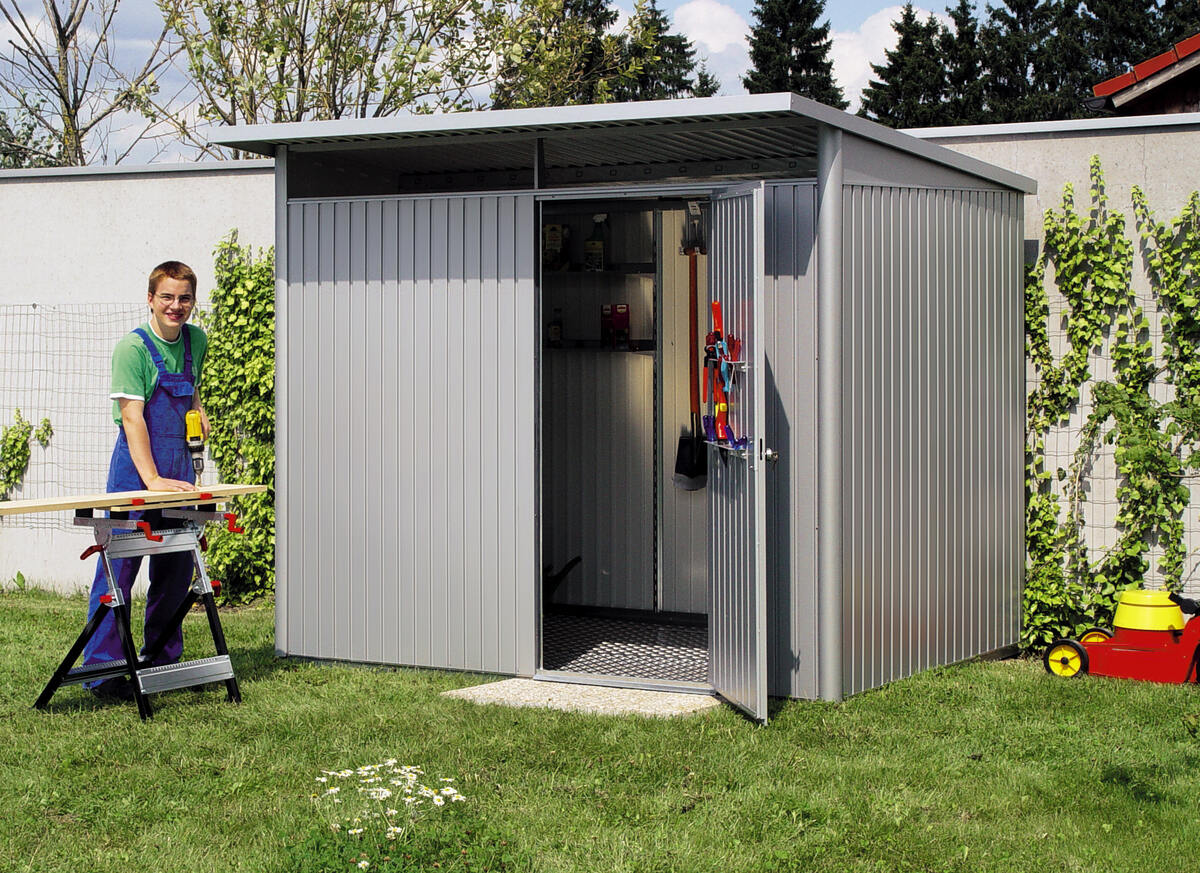

Outdoor Structures
How To Waterproof A Metal Shed
Modified: February 18, 2024
Learn how to effectively waterproof your metal shed to protect it from the elements. Our outdoor structures guide has all the tips and techniques you need.
(Many of the links in this article redirect to a specific reviewed product. Your purchase of these products through affiliate links helps to generate commission for Storables.com, at no extra cost. Learn more)
**
Introduction
**
When it comes to protecting your outdoor structures from the elements, waterproofing is a crucial step in ensuring their longevity and resilience. Metal sheds, while durable and low-maintenance, are susceptible to rust and corrosion when exposed to moisture over time. By implementing a comprehensive waterproofing strategy, you can safeguard your metal shed against the damaging effects of rain, snow, and humidity, ultimately extending its lifespan and preserving its structural integrity.
In this guide, we will delve into the essential steps for effectively waterproofing a metal shed, from assessing the current condition of the structure to selecting the appropriate waterproofing materials and executing the application process. By understanding the nuances of this undertaking and following best practices, you can fortify your metal shed against water-related deterioration and maintain its functionality and visual appeal for years to come.
Throughout this article, we will explore the key considerations for assessing your metal shed, the process of choosing the right waterproofing materials, preparing the metal surface for treatment, applying the waterproofing solution, and implementing a maintenance plan to uphold the effectiveness of the waterproofing over time. By the end of this comprehensive guide, you will be equipped with the knowledge and insights needed to embark on the waterproofing journey with confidence, ensuring that your metal shed remains a stalwart and enduring asset in your outdoor space.
Key Takeaways:
- Protecting your metal shed from rust and corrosion caused by moisture is crucial for its longevity. Assess its condition, choose the right waterproofing materials, and apply them meticulously for effective protection.
- Regular maintenance, including inspections, touch-up applications, and drainage management, is essential to sustain the effectiveness of the waterproofing measures and preserve your metal shed’s resilience over time.
Read more: How To Make A Shed Waterproof
Assessing Your Metal Shed
Before embarking on the waterproofing process, it is essential to conduct a thorough assessment of your metal shed to identify existing vulnerabilities and areas in need of attention. Start by inspecting the exterior of the shed for signs of rust, corrosion, or paint degradation. Pay close attention to seams, joints, and any areas where water could potentially infiltrate the structure. Additionally, examine the interior for any indications of moisture accumulation, such as damp spots or mildew growth. By meticulously evaluating the current state of your metal shed, you can pinpoint the specific areas that require waterproofing treatment.
Furthermore, consider the geographical and environmental factors that may impact the shed’s exposure to moisture. If your location experiences heavy rainfall, high humidity, or frequent snowfall, your shed is likely to face heightened moisture-related challenges. Understanding these external influences will help you tailor your waterproofing approach to effectively combat the specific threats posed by your local climate.
Another crucial aspect of the assessment involves inspecting the shed’s foundation and ensuring proper drainage around the structure. Standing water near the base of the shed can accelerate corrosion and compromise the integrity of the metal. Evaluate the grading around the shed and implement measures to redirect surface water away from the foundation, mitigating the risk of water seepage into the interior.
Lastly, assess the condition of the roof, as it plays a pivotal role in shielding the shed from precipitation. Look for signs of rust or deterioration on the roof panels, and examine the seams and fasteners for any indications of water penetration. By conducting a comprehensive assessment of your metal shed, you can gain valuable insights into its susceptibility to moisture-related damage and lay the groundwork for a targeted and effective waterproofing strategy.
Choosing the Right Waterproofing Materials
When it comes to waterproofing a metal shed, selecting the appropriate materials is a critical decision that directly influences the effectiveness and longevity of the protective treatment. There are various options available, each with unique properties and application methods. Here are some key considerations to guide you in choosing the right waterproofing materials for your metal shed:
Types of Waterproofing Solutions:
One of the most common and effective waterproofing solutions for metal sheds is a high-quality metal roof coating specifically designed to resist corrosion and seal out moisture. These coatings are typically formulated with advanced polymers and rust inhibitors, providing a durable barrier against the elements. Additionally, acrylic-based sealants and elastomeric coatings are popular choices for their flexibility and ability to withstand temperature fluctuations without cracking or peeling.
Corrosion-Resistant Paints:
For targeted protection against rust and corrosion, consider utilizing corrosion-resistant paints that are specifically engineered for metal surfaces. These paints are formulated with anti-corrosive additives and primers designed to adhere to metal substrates, effectively inhibiting the oxidation process and enhancing the shed’s resistance to moisture-induced deterioration.
Sealants and Caulks:
Sealants and caulks play a crucial role in reinforcing vulnerable areas of the shed, such as seams, joints, and fastener penetrations. Choose high-quality, weather-resistant sealants that adhere well to metal and provide a long-lasting barrier against water intrusion. Silicone-based sealants are renowned for their superior adhesion and flexibility, making them an excellent choice for sealing gaps and preventing water ingress.
Consider Environmental Factors:
When selecting waterproofing materials, consider the environmental conditions to which your metal shed is exposed. If your region experiences extreme temperature fluctuations, UV exposure, or high levels of precipitation, opt for materials that are specifically engineered to withstand these challenges. UV-resistant coatings and weatherproof sealants can offer enhanced protection in areas prone to intense sunlight and inclement weather.
Compatibility and Longevity:
Ensure that the waterproofing materials you choose are compatible with the existing finish on your metal shed and are designed to provide long-term protection. Look for products that offer comprehensive warranties and have a proven track record of durability and performance in outdoor environments.
By carefully evaluating the characteristics and performance attributes of various waterproofing materials, you can make informed decisions that align with the unique requirements of your metal shed, ultimately ensuring robust and enduring protection against moisture infiltration.
Preparing the Metal Surface
Before applying waterproofing treatments to your metal shed, proper surface preparation is crucial to ensure optimal adhesion and long-term effectiveness of the protective coatings. Here are the essential steps for preparing the metal surface:
Cleaning and Degreasing:
Begin by thoroughly cleaning the exterior of the shed to remove dirt, grime, and any existing coatings or residues. Use a mild detergent or a specialized metal cleaner to eliminate surface contaminants and ensure a clean, uniform substrate for the waterproofing materials. Pay close attention to areas prone to grease or oil accumulation, as these can hinder the adhesion of coatings and sealants.
Rust Removal and Treatment:
If the metal surface exhibits signs of rust or corrosion, it is imperative to address these issues before proceeding with waterproofing. Use a wire brush, sandpaper, or a chemical rust remover to eliminate any existing rust and restore the metal to a smooth, corrosion-free state. Consider applying a rust converter or inhibitor to neutralize any residual rust and prevent its recurrence, effectively priming the metal for the waterproofing application.
Surface Etching and Priming:
For optimal adhesion of waterproofing coatings, consider etching the metal surface to promote mechanical bonding. This can be achieved using an etching solution or a specialized metal primer designed to enhance the substrate’s receptiveness to subsequent coatings. The primer acts as a foundation for the waterproofing materials, facilitating strong adhesion and long-lasting protection against moisture intrusion.
Seam and Joint Inspection:
Thoroughly inspect the seams, joints, and fastener penetrations on the shed to identify any gaps or areas of vulnerability. Sealant or caulk any gaps or openings using a high-quality, weather-resistant sealant to prevent water infiltration. Ensuring that these critical areas are properly sealed is essential for fortifying the shed against potential water ingress.
Surface Drying and Condition:
Prior to applying the waterproofing materials, ensure that the metal surface is completely dry and free from moisture. Depending on the climate and weather conditions, allow sufficient time for the metal to dry thoroughly, as any residual moisture can compromise the adhesion and performance of the waterproofing coatings. Additionally, consider the ambient temperature and humidity levels, as these factors can impact the drying and curing process of the applied treatments.
By meticulously preparing the metal surface through thorough cleaning, rust removal, priming, and seam reinforcement, you can establish an ideal foundation for the subsequent application of waterproofing materials. This diligent preparation sets the stage for the effective and enduring protection of your metal shed against the detrimental effects of moisture and corrosion.
To waterproof a metal shed, use a silicone-based sealant to fill any gaps or seams in the metal panels. Apply a rust-resistant primer and then a waterproof paint to protect the metal from moisture.
Applying the Waterproofing Solution
Once the metal shed’s surface has been meticulously prepared, the application of the waterproofing solution is a pivotal phase in fortifying the structure against moisture infiltration. The following steps outline the process of applying the waterproofing solution to ensure comprehensive protection:
Coating Application:
Depending on the chosen waterproofing materials, carefully follow the manufacturer’s instructions for application methods and recommended coverage rates. Whether applying a metal roof coating, corrosion-resistant paint, or sealant, ensure that the coatings are distributed evenly and thoroughly across the entire exterior surface of the shed. Use brushes, rollers, or sprayers as appropriate to achieve consistent coverage and uniform protection.
Layering and Thickness:
For optimal waterproofing efficacy, consider applying multiple layers of the chosen coatings, especially in areas prone to high moisture exposure or structural vulnerabilities. Layering the waterproofing materials can enhance their resilience and create a robust barrier against water intrusion. Pay particular attention to the roof, seams, and joints, ensuring that these critical areas receive adequate coverage and reinforcement.
Edge and Detail Application:
Attend to the edges, corners, and intricate details of the shed with precision, ensuring that these areas are effectively sealed and protected against moisture ingress. Use small brushes or specialized applicators to address hard-to-reach areas and intricate features, maintaining a thorough and uniform application of the waterproofing solution throughout the entire structure.
Curing and Drying Time:
Allow the applied coatings to cure and dry in accordance with the manufacturer’s specifications, taking into account the ambient temperature and humidity levels. Adequate curing time is essential to ensure the formation of a durable, impermeable barrier that effectively shields the metal shed from the detrimental effects of moisture and corrosion. Exercise caution to prevent exposure to adverse weather conditions during the curing process, as this can compromise the integrity of the applied treatments.
Quality Assurance and Inspection:
Upon completion of the application process, conduct a thorough inspection of the shed’s exterior to verify the uniformity and integrity of the waterproofing coatings. Address any areas that may require additional attention or touch-ups, ensuring that the entire surface is comprehensively protected against water intrusion. By meticulously overseeing the application and conducting a quality assurance assessment, you can instill confidence in the effectiveness of the waterproofing solution.
By methodically executing the application of the waterproofing solution and adhering to best practices for coverage, layering, and curing, you can establish a robust and enduring defense against moisture-related deterioration, safeguarding the structural integrity and longevity of your metal shed.
Read more: How To Insulate A Metal Shed
Maintaining the Waterproofing Over Time
Ensuring the long-term effectiveness of the waterproofing measures applied to your metal shed requires proactive maintenance and regular inspections to preserve the protective integrity of the coatings and sealants. By implementing a structured maintenance plan, you can uphold the shed’s resistance to moisture and corrosion, prolonging its lifespan and minimizing the need for extensive repairs. Here are essential steps for maintaining the waterproofing over time:
Periodic Inspections:
Regularly assess the exterior of the metal shed for any signs of coating degradation, peeling, or areas of compromised protection. Conduct thorough inspections to identify potential vulnerabilities and address them promptly to prevent water infiltration. Pay particular attention to the roof, seams, and joints, as these areas are susceptible to wear and may require targeted maintenance.
Touch-Up Applications:
Upon identifying areas that exhibit diminished waterproofing efficacy, promptly address these areas with touch-up applications of the appropriate coatings or sealants. By proactively addressing minor issues, you can prevent the escalation of damage and maintain the shed’s resilience against moisture-related deterioration. Ensure that the touch-up applications blend seamlessly with the existing coatings for uniform protection.
Gutter and Drainage Maintenance:
Keep the shed’s gutters and drainage systems clear of debris and obstructions to facilitate proper water flow and prevent water accumulation on the roof and around the foundation. Effective drainage is essential for minimizing the exposure of the shed to excess moisture, reducing the risk of corrosion and prolonging the lifespan of the waterproofing treatments.
Surface Cleaning and Protection:
Periodically clean the exterior of the metal shed to remove dirt, debris, and environmental residues that can compromise the effectiveness of the waterproofing coatings. Utilize mild detergents and non-abrasive cleaning methods to maintain the integrity of the coatings and preserve their resistance to moisture and corrosion. Additionally, consider applying a protective wax or coating to further enhance the shed’s defense against the elements.
Professional Maintenance and Repairs:
Engage professional maintenance services, such as roof inspections and coating assessments, to identify any advanced maintenance needs or repairs. Experienced professionals can provide valuable insights into the condition of the shed’s waterproofing and recommend targeted interventions to fortify its protective capabilities and address emerging issues.
By implementing a comprehensive maintenance regimen that encompasses regular inspections, proactive touch-ups, drainage management, surface cleaning, and professional assessments, you can sustain the effectiveness of the waterproofing measures applied to your metal shed, fortifying its resilience against moisture and corrosion and preserving its structural integrity for years to come.
Conclusion
Waterproofing a metal shed is a pivotal endeavor that safeguards the structure against the relentless forces of moisture and corrosion, preserving its functionality and aesthetic appeal. By embarking on this comprehensive journey, you have equipped yourself with the knowledge and insights needed to fortify your metal shed against the detrimental effects of water infiltration and environmental exposure.
From the initial assessment of the shed’s condition to the meticulous selection of waterproofing materials tailored to your specific needs, you have gained a holistic understanding of the essential considerations that underpin an effective waterproofing strategy. The meticulous preparation of the metal surface and the methodical application of the waterproofing solution have laid the groundwork for a robust defense against moisture-related deterioration, ensuring that your metal shed remains resilient and enduring in the face of environmental challenges.
Furthermore, by embracing a proactive maintenance plan, you are poised to sustain the protective integrity of the shed’s coatings and sealants, prolonging its lifespan and minimizing the impact of wear and tear over time. Regular inspections, targeted touch-up applications, and diligent surface maintenance will serve as pillars of resilience, fortifying the shed’s defenses and mitigating the potential for water-related damage.
As you venture into the realm of metal shed waterproofing, remember that your efforts are not merely about preserving a structure; they are about safeguarding a space where memories are made, belongings are stored, and projects take shape. By upholding the integrity of your metal shed through effective waterproofing, you are nurturing a haven of resilience and longevity in your outdoor environment.
Armed with the knowledge and insights gleaned from this guide, you are prepared to embark on the journey of waterproofing your metal shed with confidence and precision. Embrace the process as a testament to your commitment to preserving the durability and functionality of your outdoor structures, and may your efforts yield a steadfast and enduring shield against the elements for your cherished metal shed.
Frequently Asked Questions about How To Waterproof A Metal Shed
Was this page helpful?
At Storables.com, we guarantee accurate and reliable information. Our content, validated by Expert Board Contributors, is crafted following stringent Editorial Policies. We're committed to providing you with well-researched, expert-backed insights for all your informational needs.
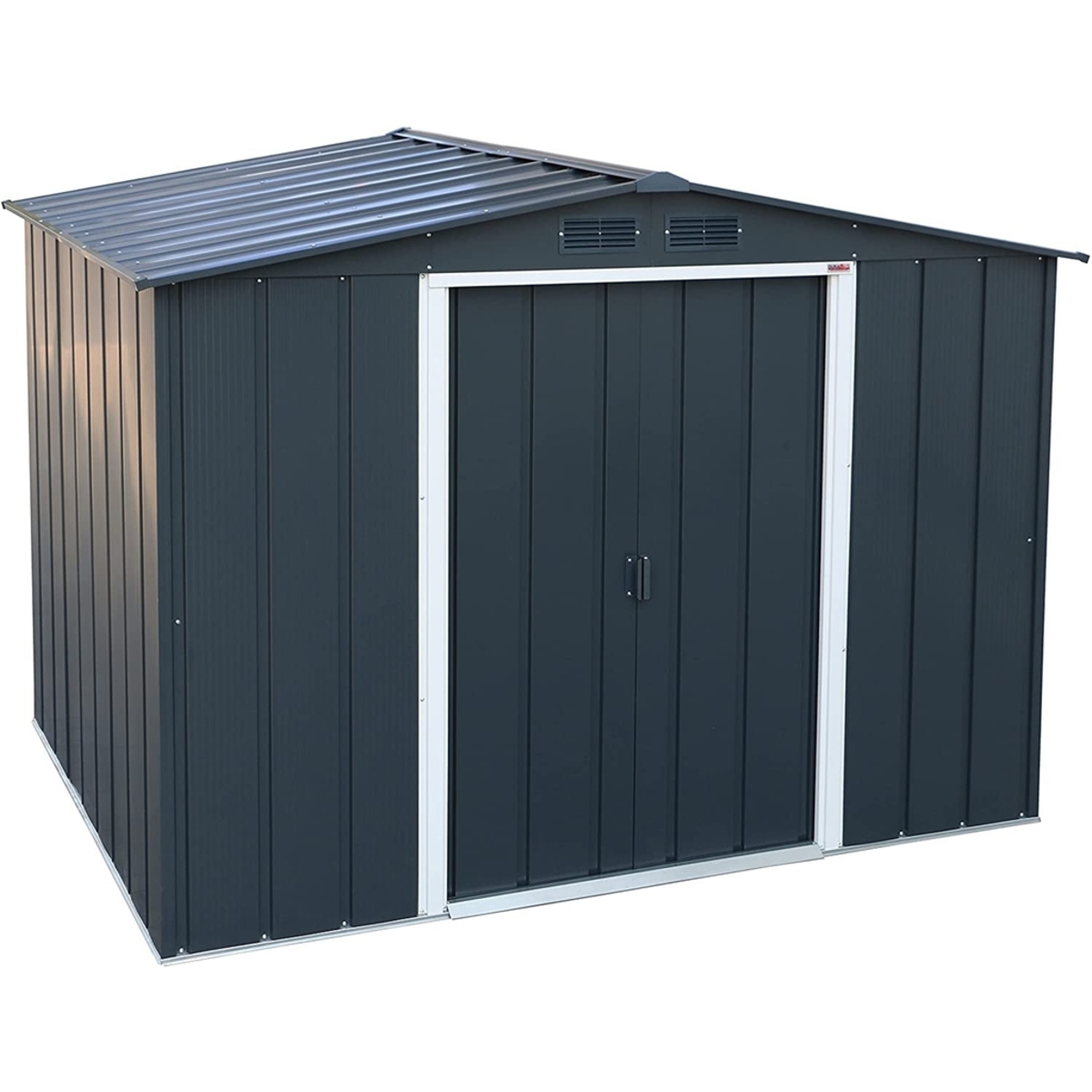
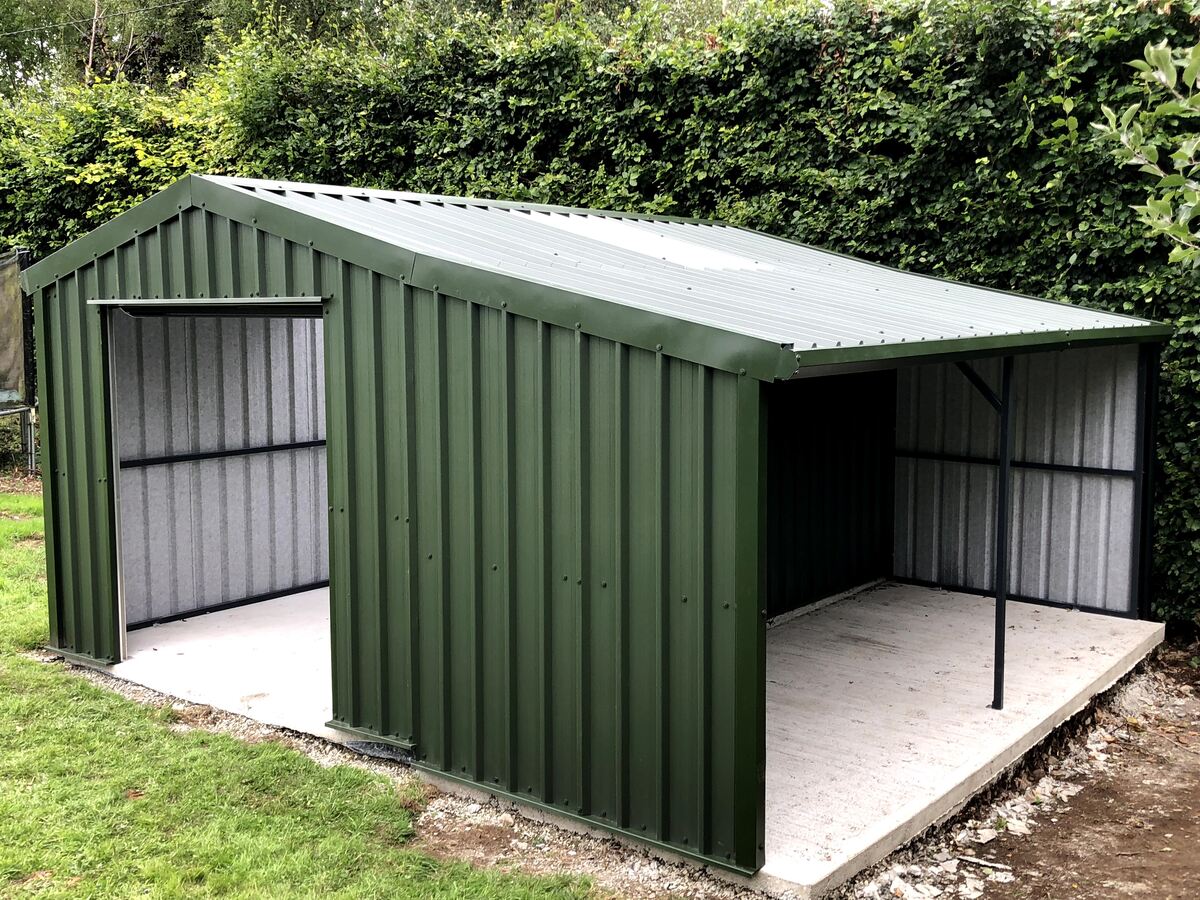
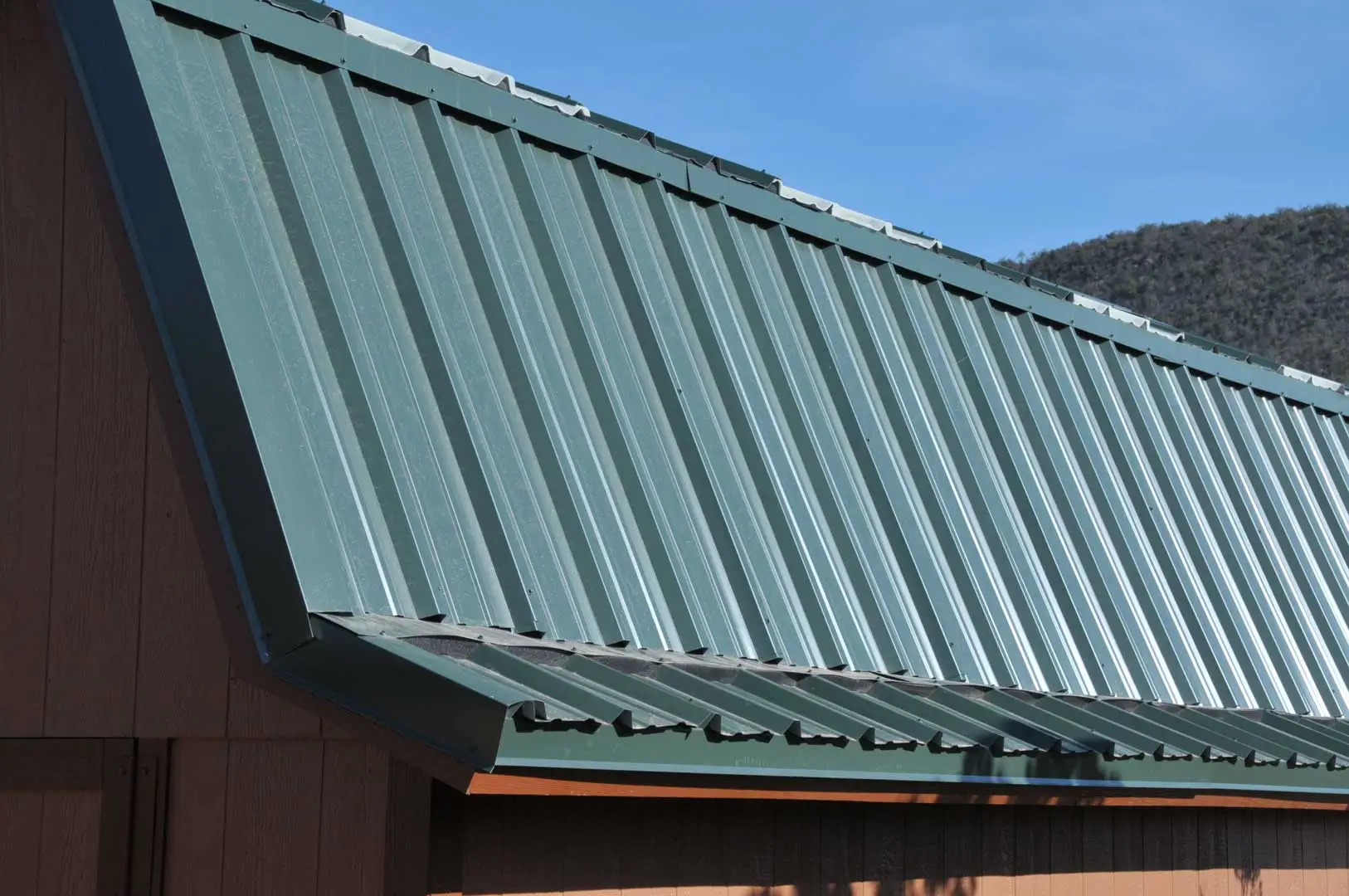
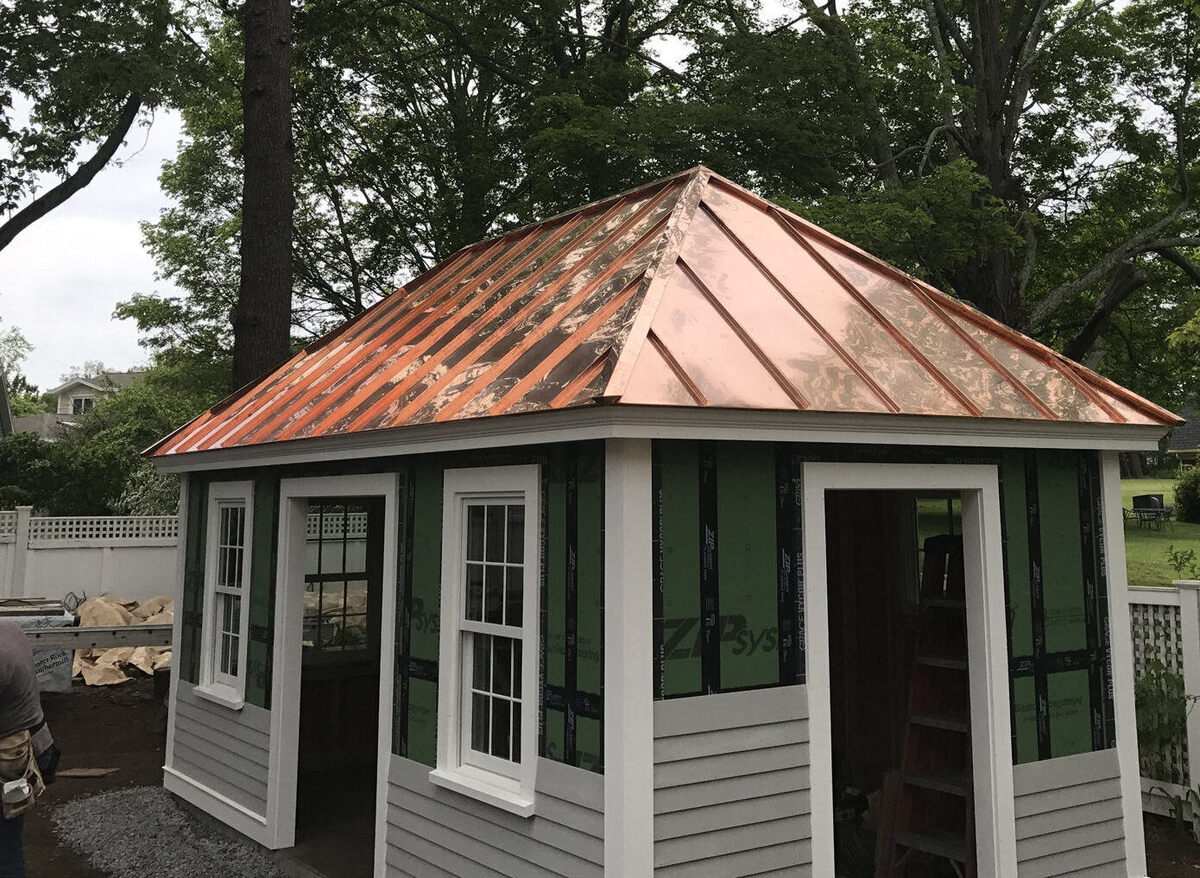
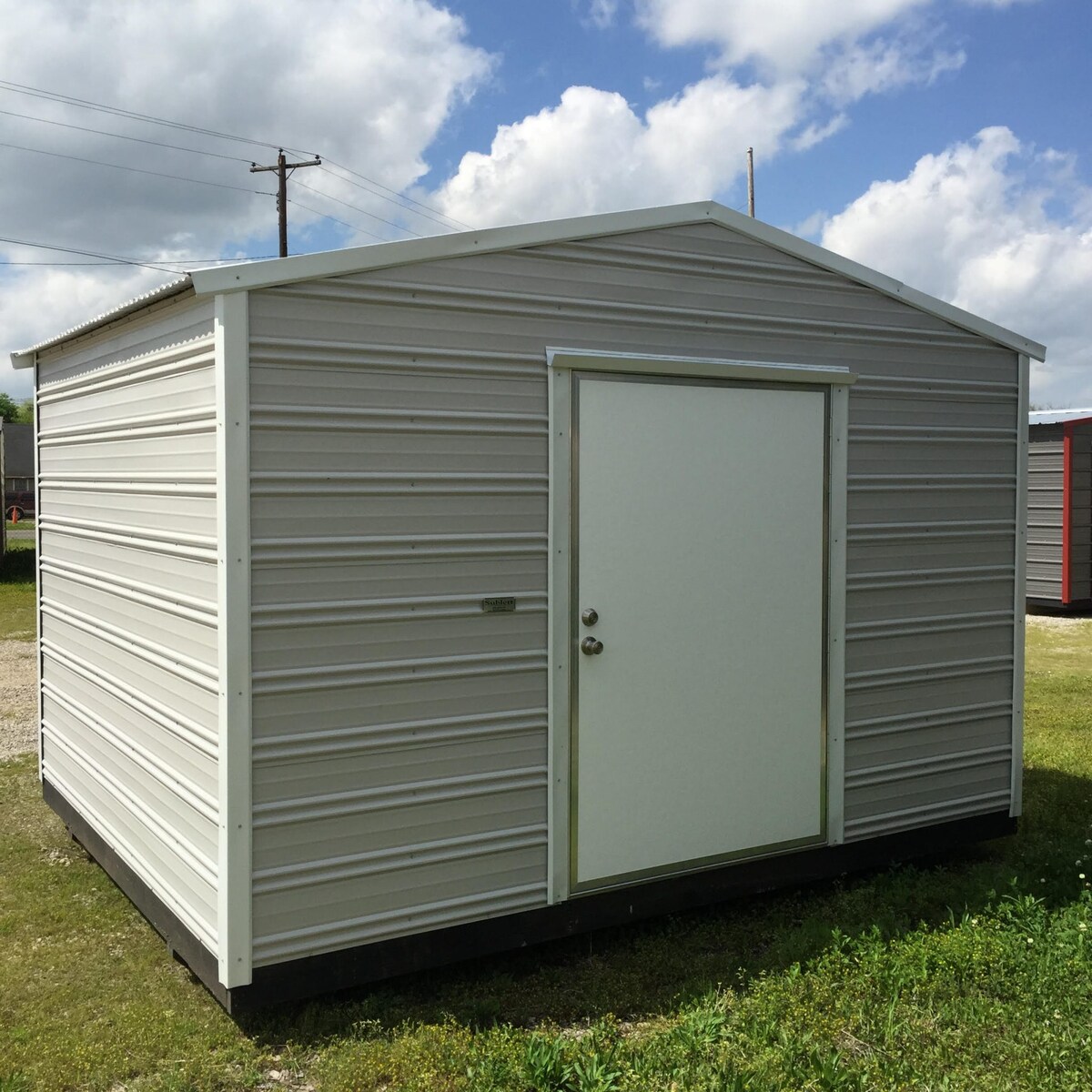
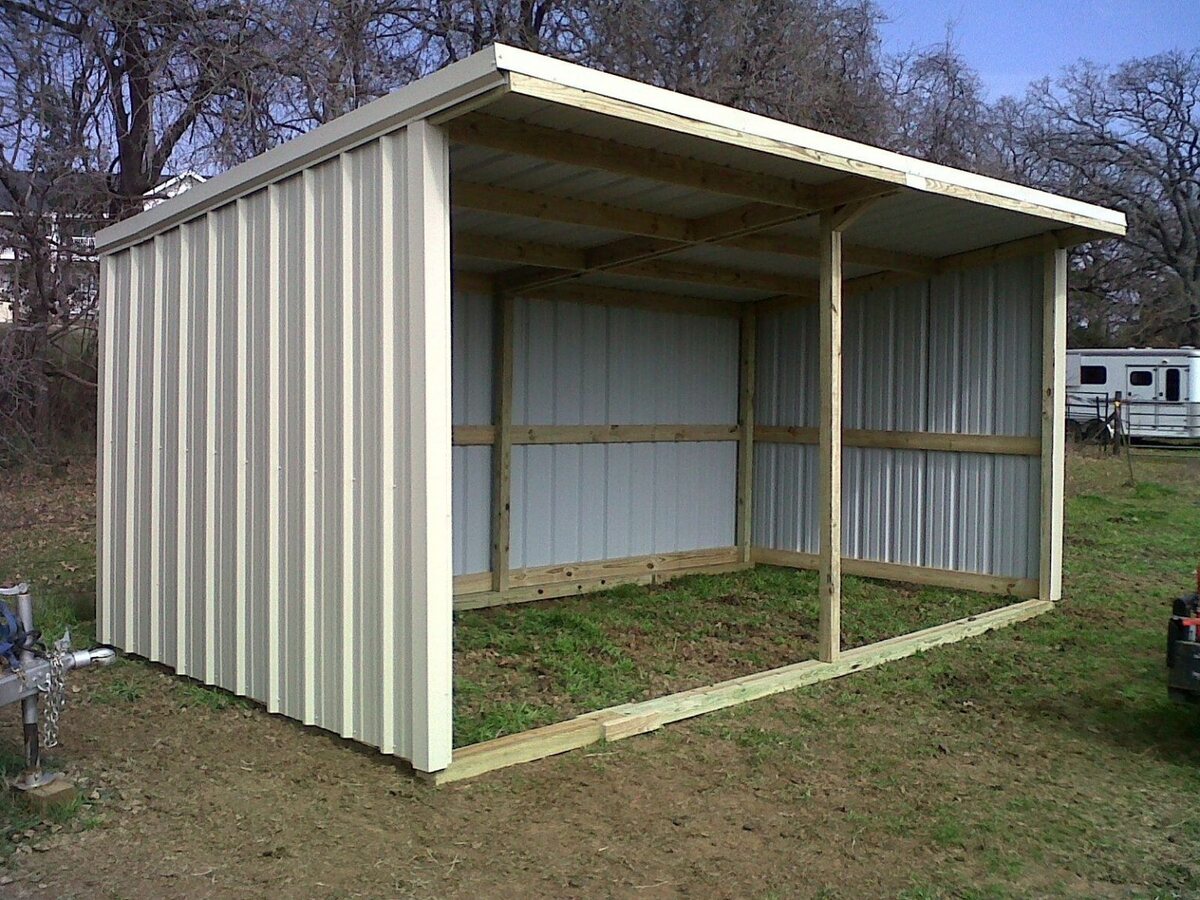
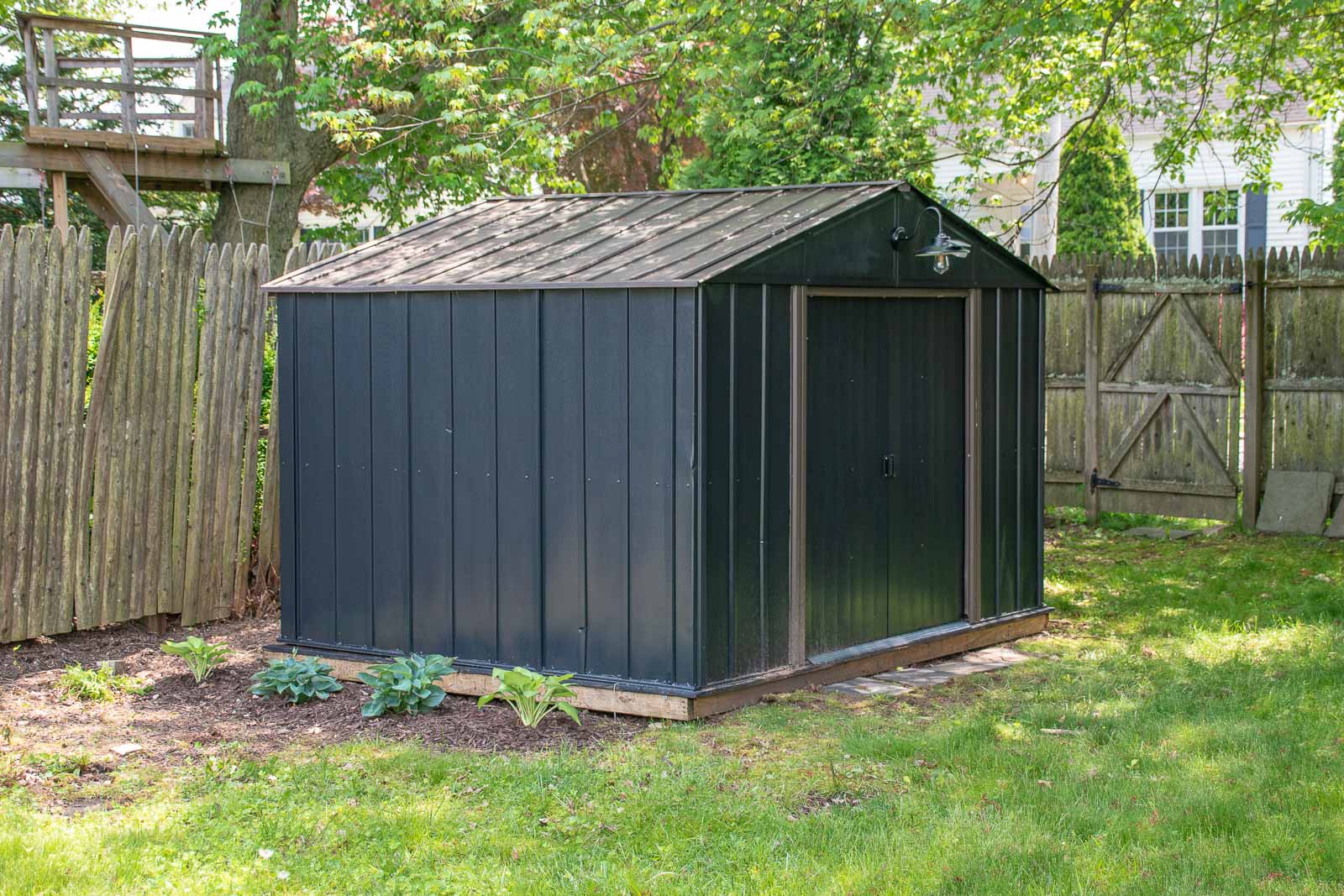
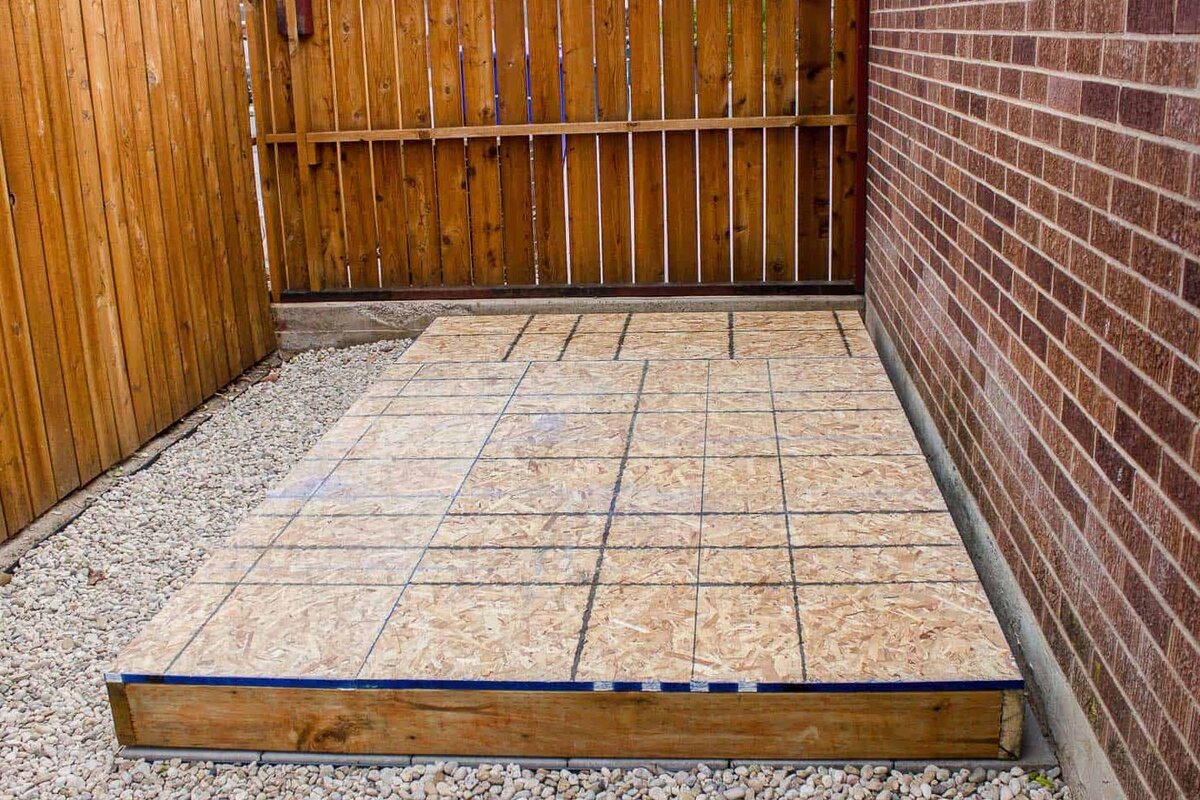
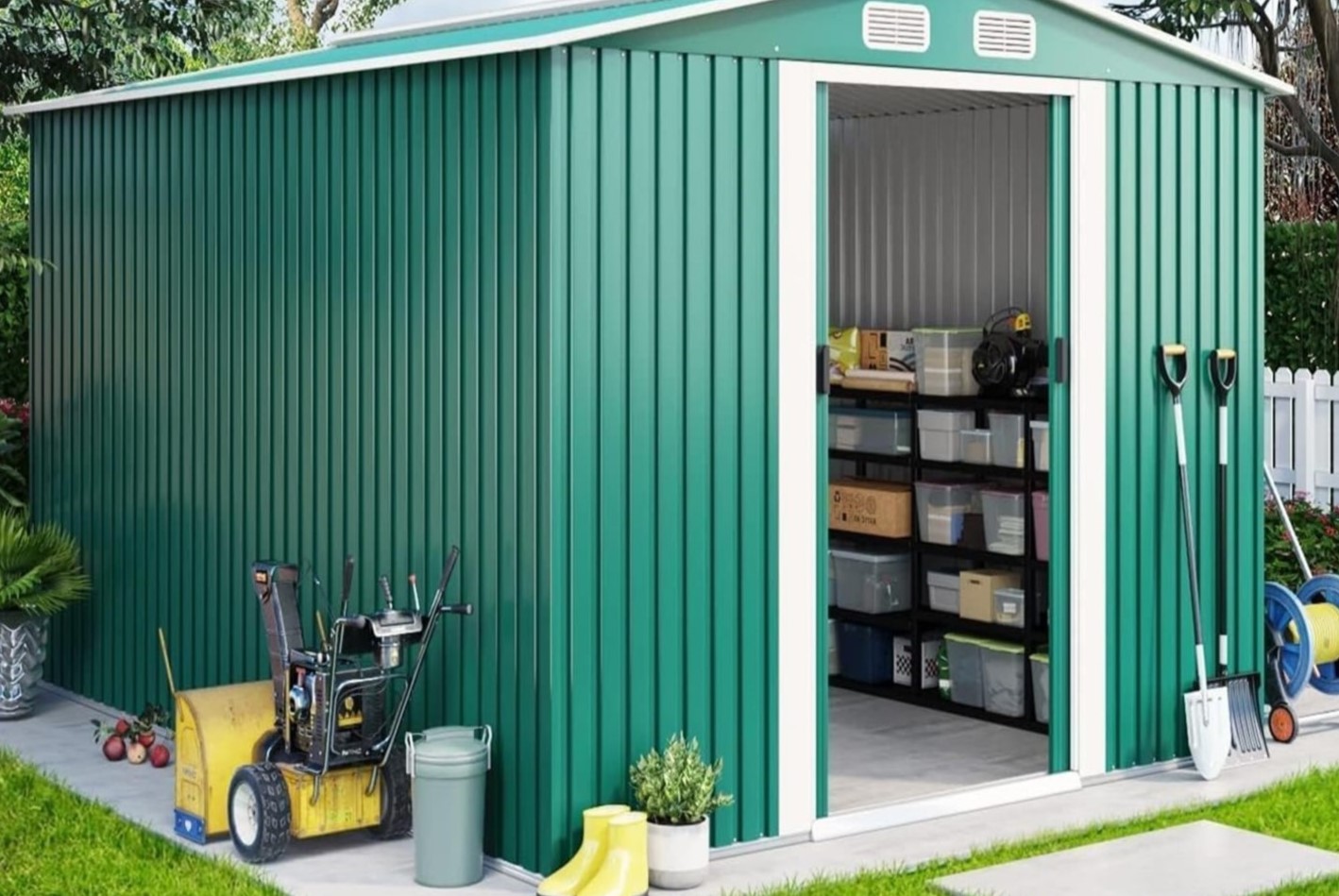
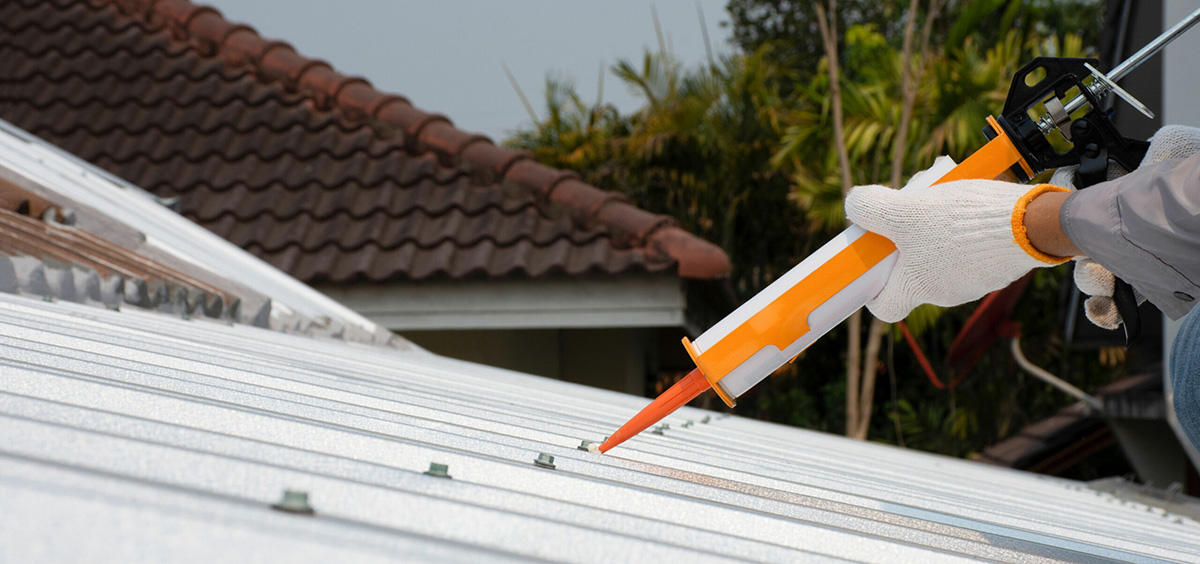
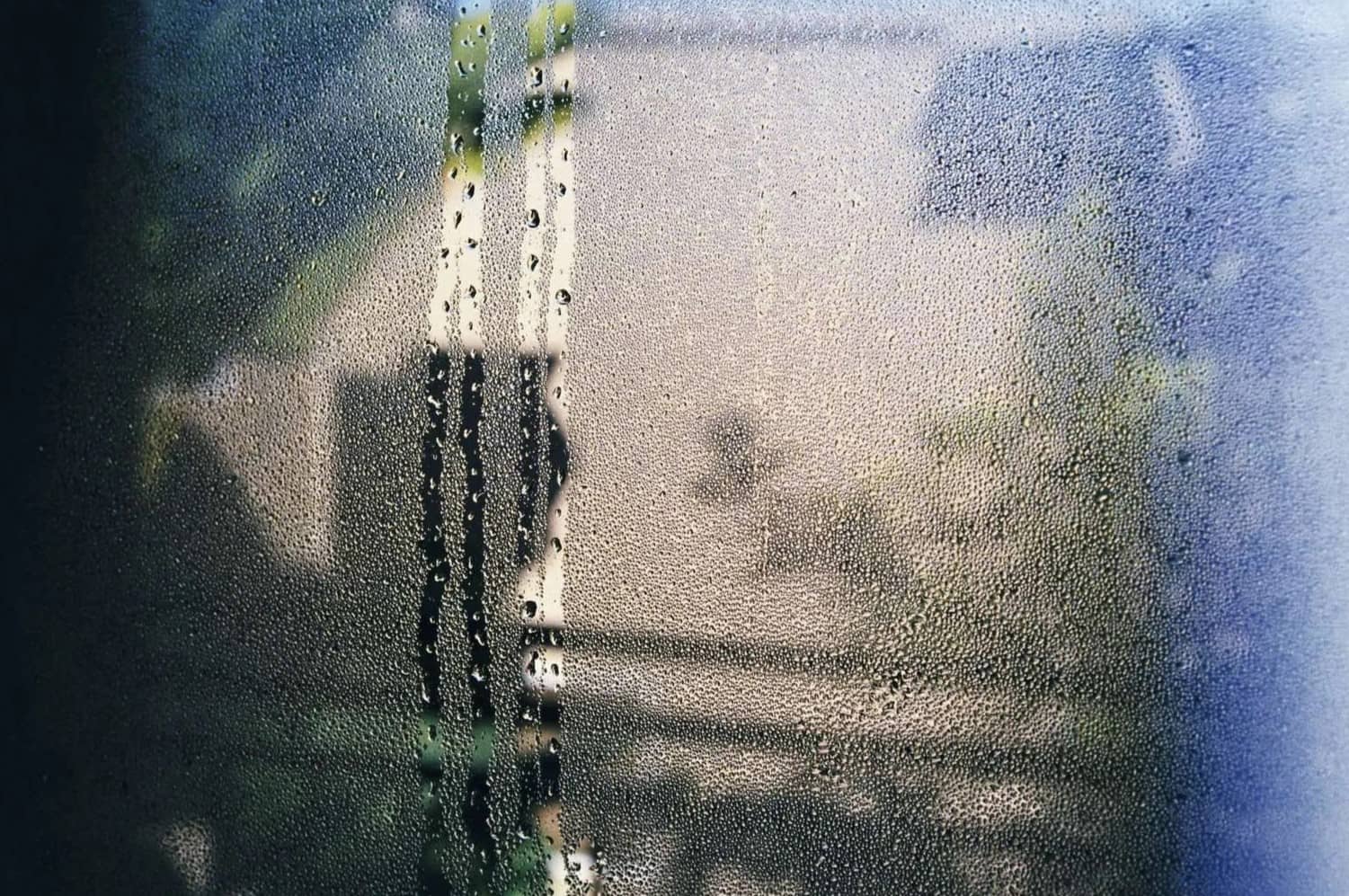
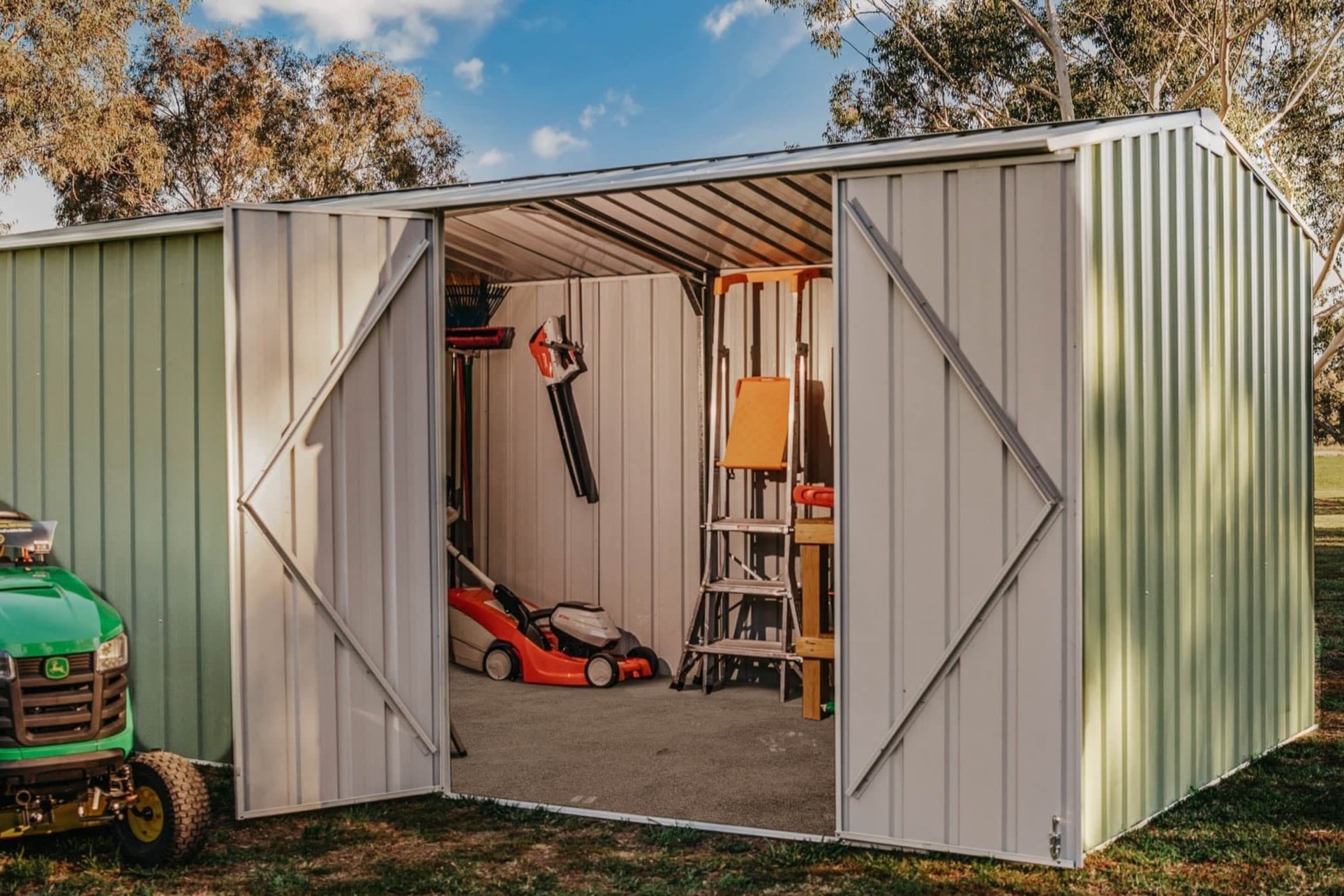
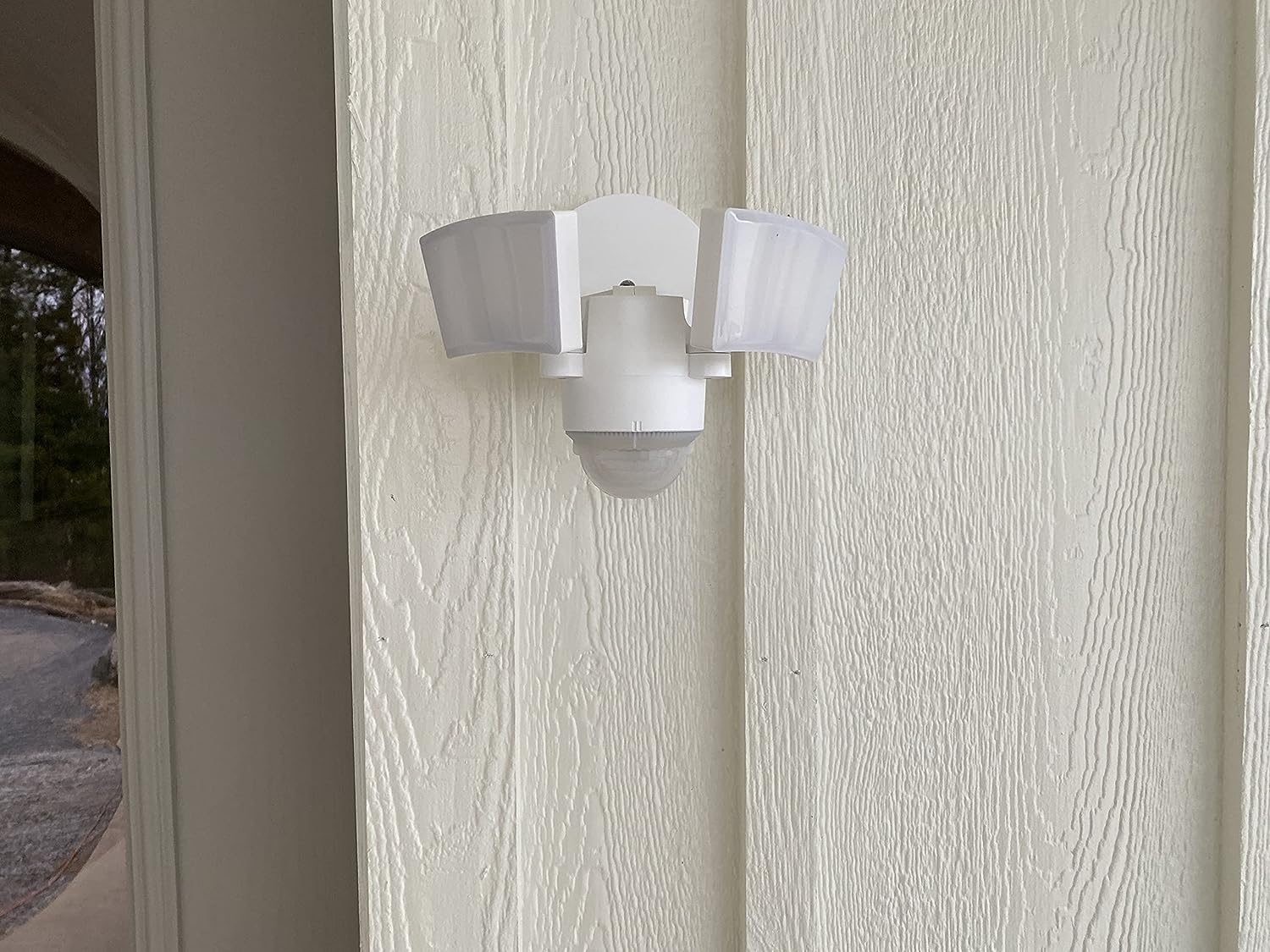


0 thoughts on “How To Waterproof A Metal Shed”